Human Footprint & Natural Habitat
Human disturbance is hypothesized to increase moose and deer abundance, resulting in more predators and increased ‘collateral’ predation on …
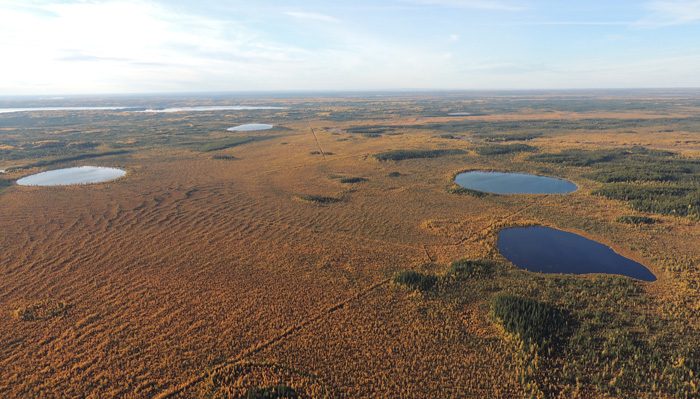
Human disturbance is hypothesized to increase moose and deer abundance, resulting in more predators and increased ‘collateral’ predation on …
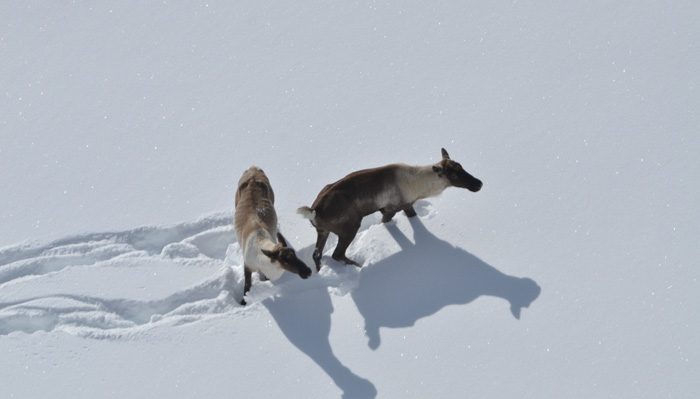
In light of global climate change, understanding how species respond to climate variability is now fundamental to wildlife conservation …

Long, narrow corridors are created throughout the forest of Western Canada to facilitate transportation and oil and gas exploration and extraction. These …
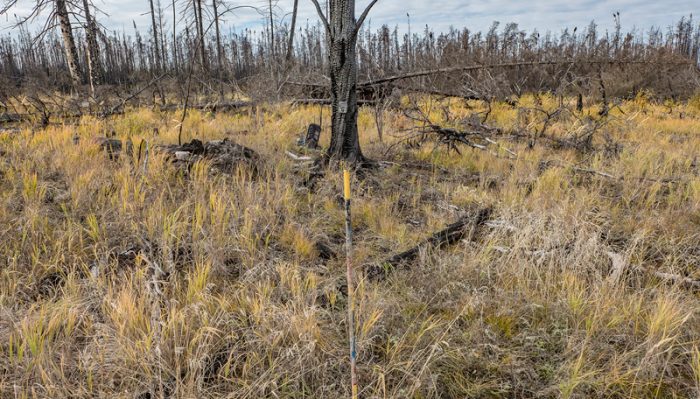
The success of boreal woodland caribou recovery requires the use of multiple conservation approaches. These approaches must address both …
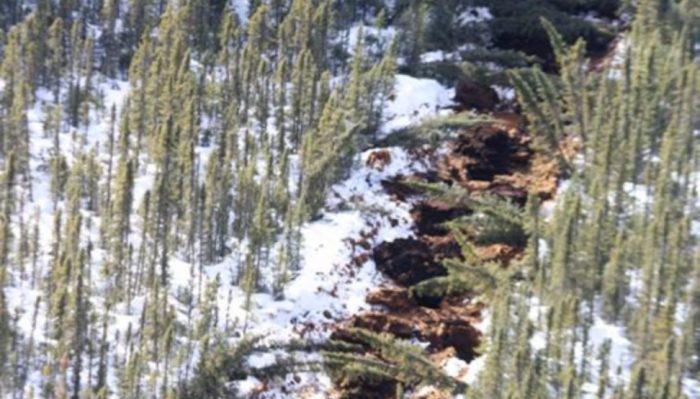
The CMU works closely with the Regional Industry Caribou Collaboration (RICC), a group of forestry and energy companies who conducts collaborative …

This program will develop recommendations for using camera trapping and spatial capture-recapture methods in future survey and monitoring efforts …
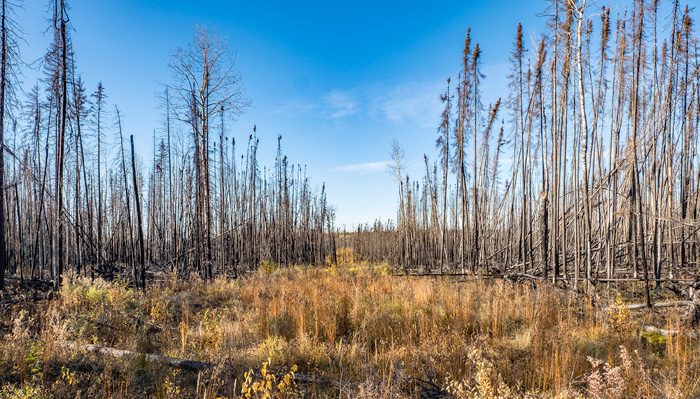
In the past century, many caribou ranges have been threatened by climate change and human disturbance. Specifically, predation and habitat …
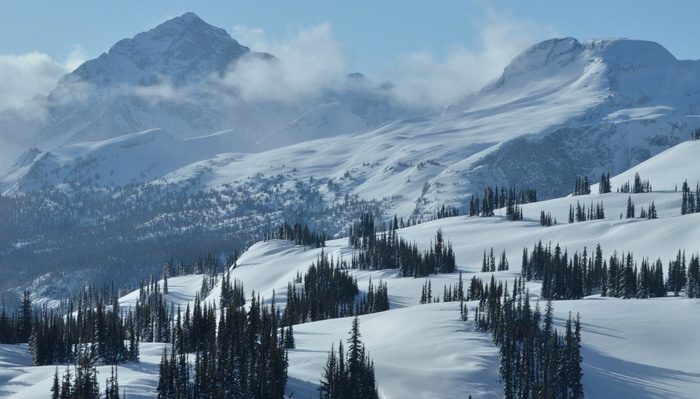
The CMU has worked closely with the Columbia Mountains Caribou Research Project (CMCRP), playing a scientific advisory role. The CMCRP …
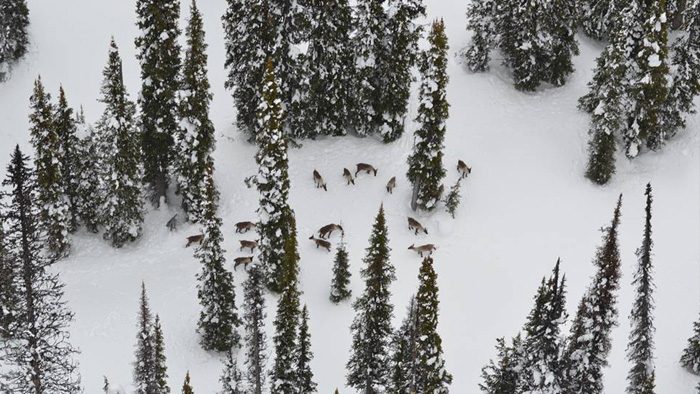
The CMU is working to evaluate trends in caribou habitat gain and loss across Alberta and British Columbia…